Simplified Environmental Geography By Dr. Krishnanand

Simplified Environmental Geography
Unlock the complexities of our environment with “Simplified Environmental Geography” by Dr. Krishnanand. This comprehensive textbook provides a clear and concise overview of key concepts, principles, and challenges in environmental studies. Whether you’re a student, educator, or concerned citizen, this book will deepen your understanding of the intricate relationships between humans and the natural world.
Contents: Simplified Environmental Geography
Chapter 1: Ecosystem: Working & Functioning (Pages 5-11) Explore the dynamic processes that govern ecosystems, understanding how energy and nutrients flow through natural systems.
Chapter 2: Definition, Concept and Attributes of Ecology (Pages 12-24) Define the fundamental concepts of ecology, examining the interrelationships between organisms and their environment.
Chapter 3: Ecosystem: Structure and Classification (Pages 25-41) Dive into the structure and organization of ecosystems, exploring the diverse habitats and communities that make up our planet’s biosphere.
Simplified Environmental Geography
Chapter 4: Principles of Ecology (Pages 42-65) Discover the foundational principles of ecology, including energy flow, nutrient cycling, and population dynamics.
Chapter 5: Ecotone, Ecoline & Edge Effect (Pages 66-73) Learn about ecotones and ecolines, transitional zones where different ecosystems meet, and the unique ecological processes that occur at their boundaries.
Chapter 6: Ecosystem Services (Pages 74-88) Understand the vital services provided by ecosystems, from clean air and water to pollination and climate regulation, and the importance of conserving these services for human well-being.
Simplified Environmental Geography
Chapter 7: Influence of Man (Human) on Ecology & Environment (Pages 89-101) Examine the impacts of human activities on ecosystems and the environment, including habitat destruction, pollution, and climate change.
Chapter 8: Global & Regional Ecological Changes & Imbalances (Pages 102-112) Investigate global and regional environmental changes, such as deforestation, biodiversity loss, and ecosystem degradation, and their implications for ecological stability.
Chapter 9: Ecosystem Management and Conservation (Pages 113-123) Explore strategies for managing and conserving ecosystems, including protected area management, sustainable resource use, and restoration efforts.
Simplified Environmental Geography
Chapter 10: Environmental Degradation and Mitigation Measures (Pages 124-138) Examine the causes and consequences of environmental degradation, from soil erosion to air and water pollution, and the measures taken to mitigate these impacts.
Chapter 11: Environmental Management & Conservation (Pages 139-150) Learn about approaches to environmental management and conservation, including integrated resource management, ecosystem-based adaptation, and community-based conservation initiatives.
Chapter 12: Biodiversity Concept & Conservation (Pages 151-166) Explore the concept of biodiversity and the importance of conserving Earth’s rich variety of species and ecosystems to maintain ecological balance and resilience.
Simplified Environmental Geography
Chapter 13: Sustainable Development (Pages 167-179) Understand the principles of sustainable development, balancing economic, social, and environmental priorities to meet the needs of present and future generations.
Chapter 14: Environmental Hazards & Remedial Measures (Pages 180-203) Examine various environmental hazards, including natural disasters and human-induced crises, and the measures taken to mitigate risks and build resilience.
Chapter 15: Environmental Education (Pages 204-212) Discover the importance of environmental education in fostering awareness, knowledge, and action for sustainable living and stewardship of the planet.
Simplified Environmental Geography
Chapter 16: Environmental Policies (Pages 213-222) Learn about environmental policies at local, national, and international levels, aimed at addressing environmental challenges and promoting sustainability.
Chapter 17: Legislations in Environment & Ecology (Pages 223-244) Explore legal frameworks and regulations governing environmental protection and conservation, from wildlife protection acts to climate change agreements.
“Simplified Environmental Geography” by Dr. Krishnanand offers a comprehensive and accessible overview of environmental studies, empowering readers to understand and address the complex challenges facing our planet. With its clear explanations, illustrative examples, and practical insights, this book is an invaluable resource for anyone interested in the health and sustainability of our environment.
Follow The Author On Facebook
Subscribe The Author On Youtube
Follow The Author On Instagram



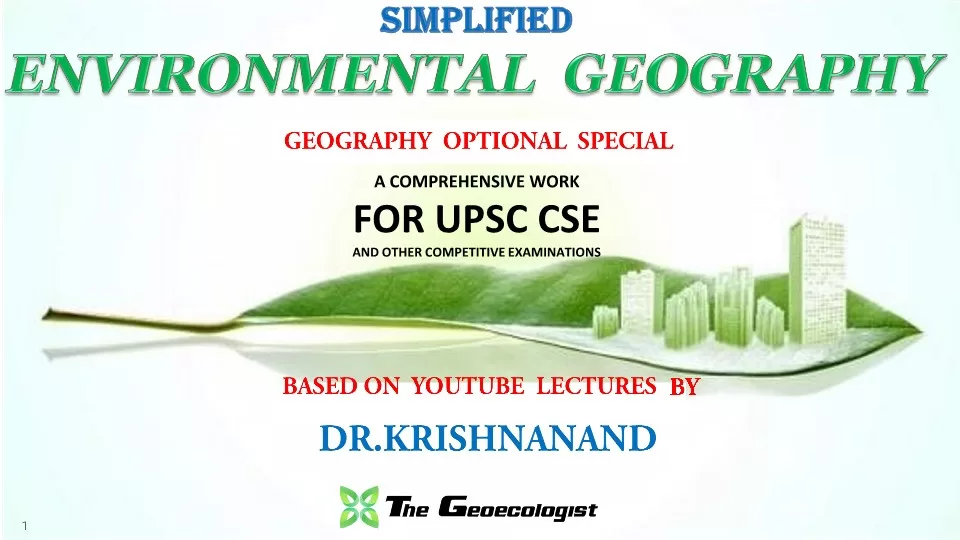
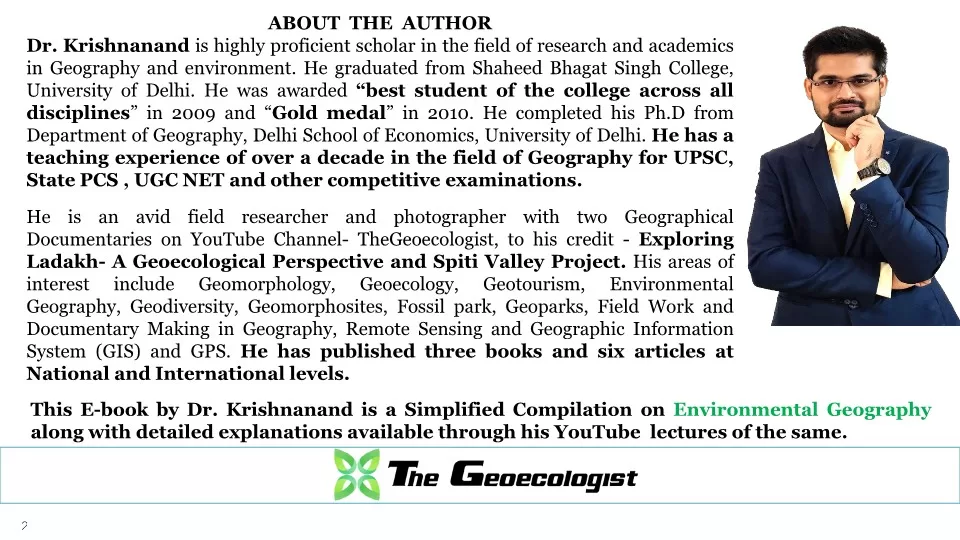
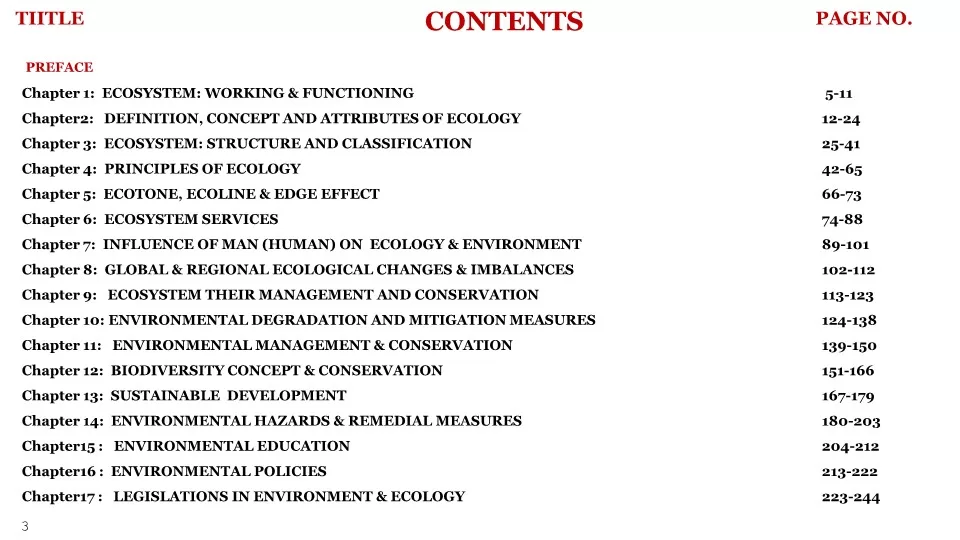
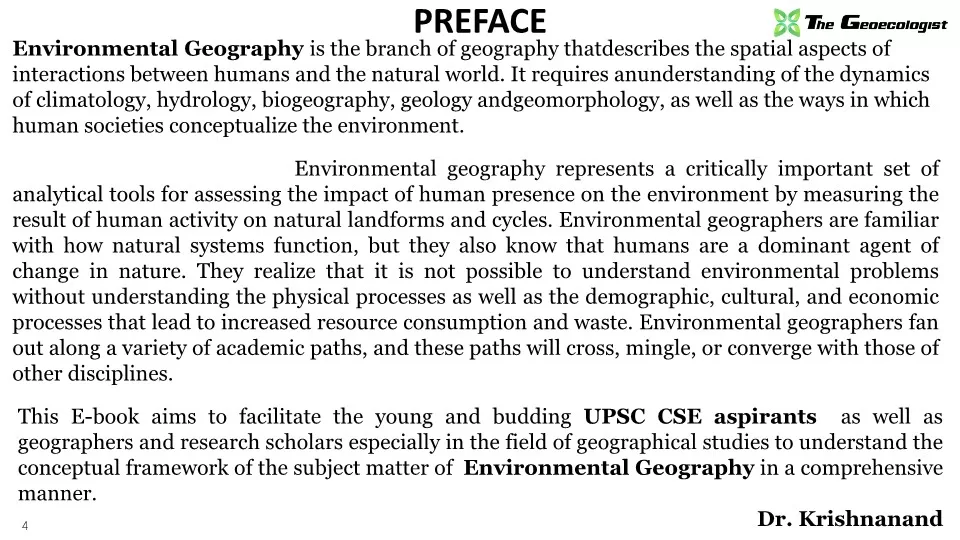
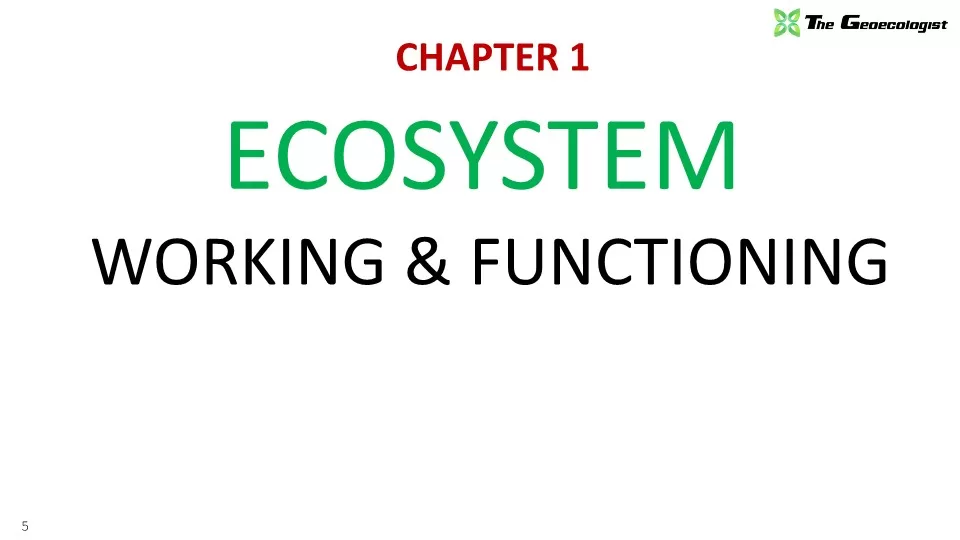
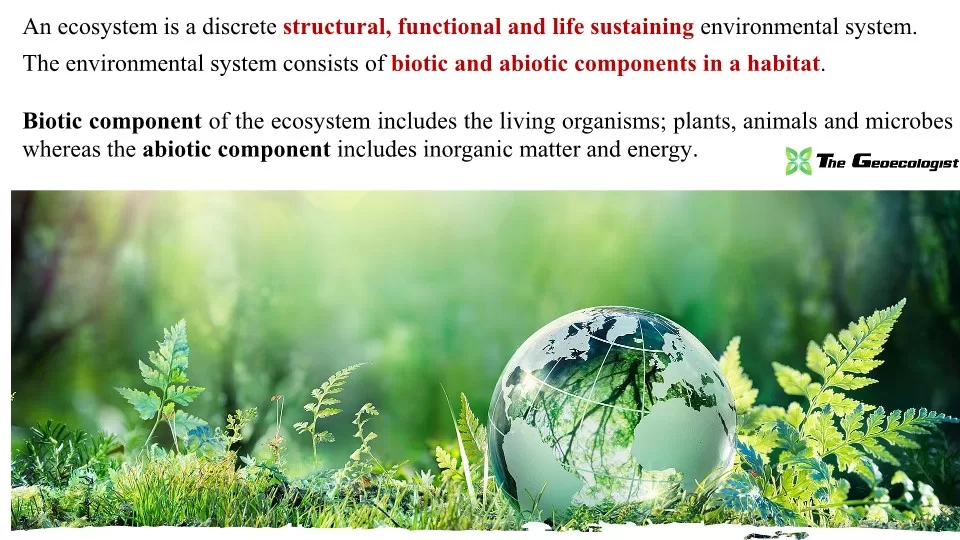
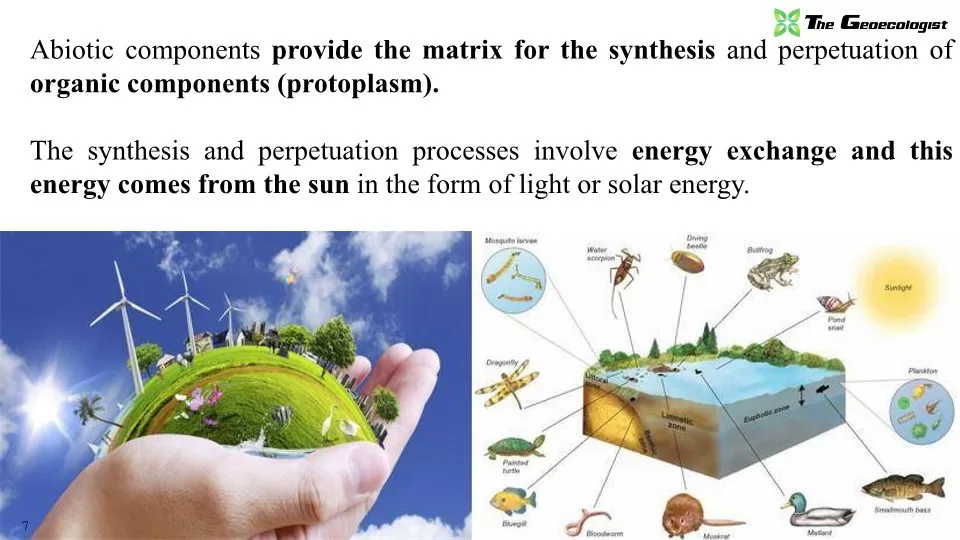
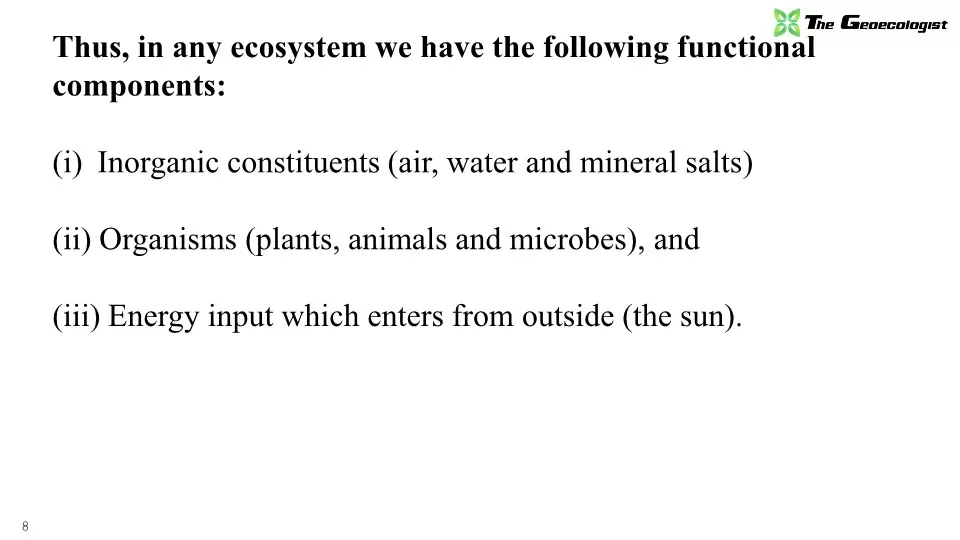
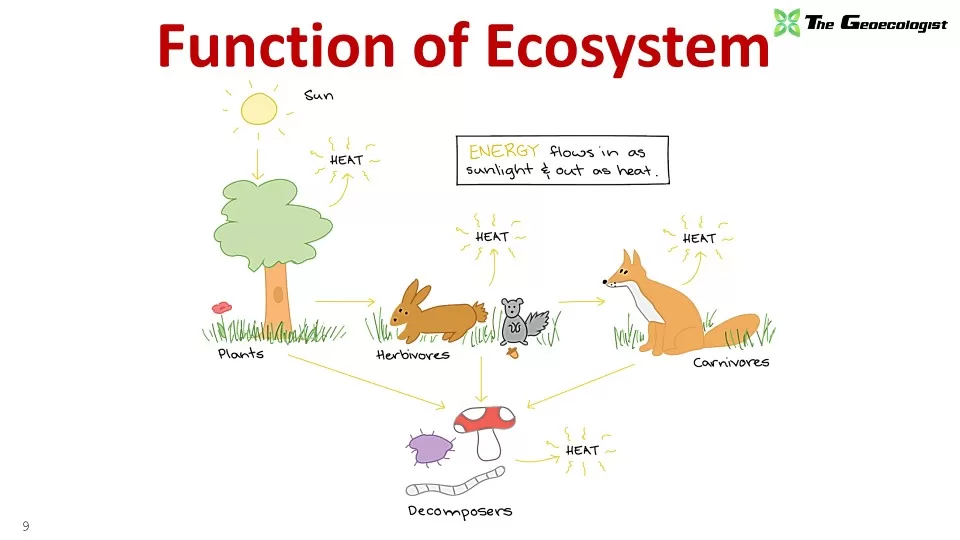
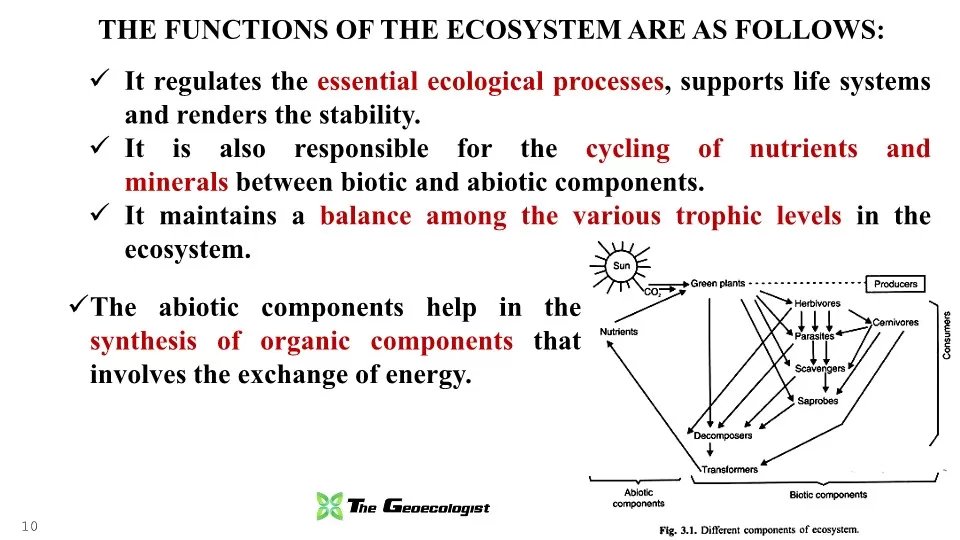











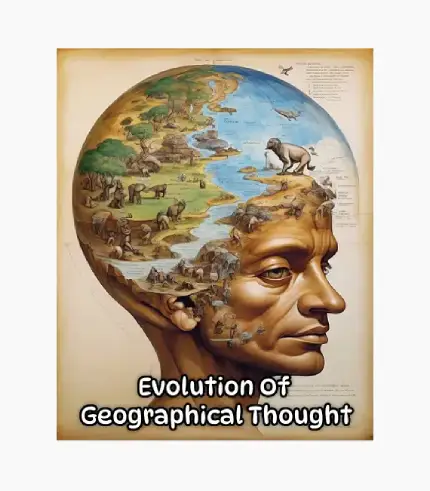



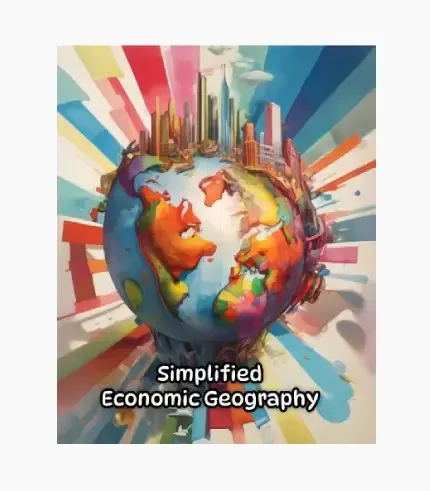

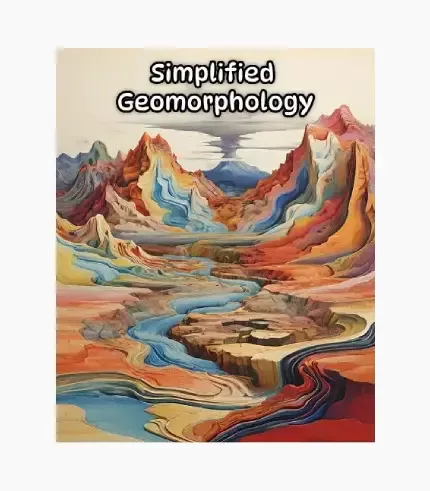



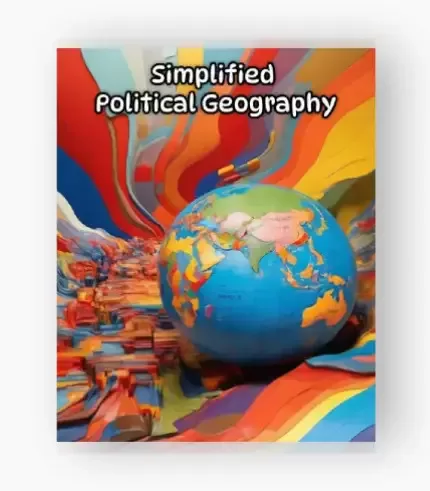





Reviews
There are no reviews yet.